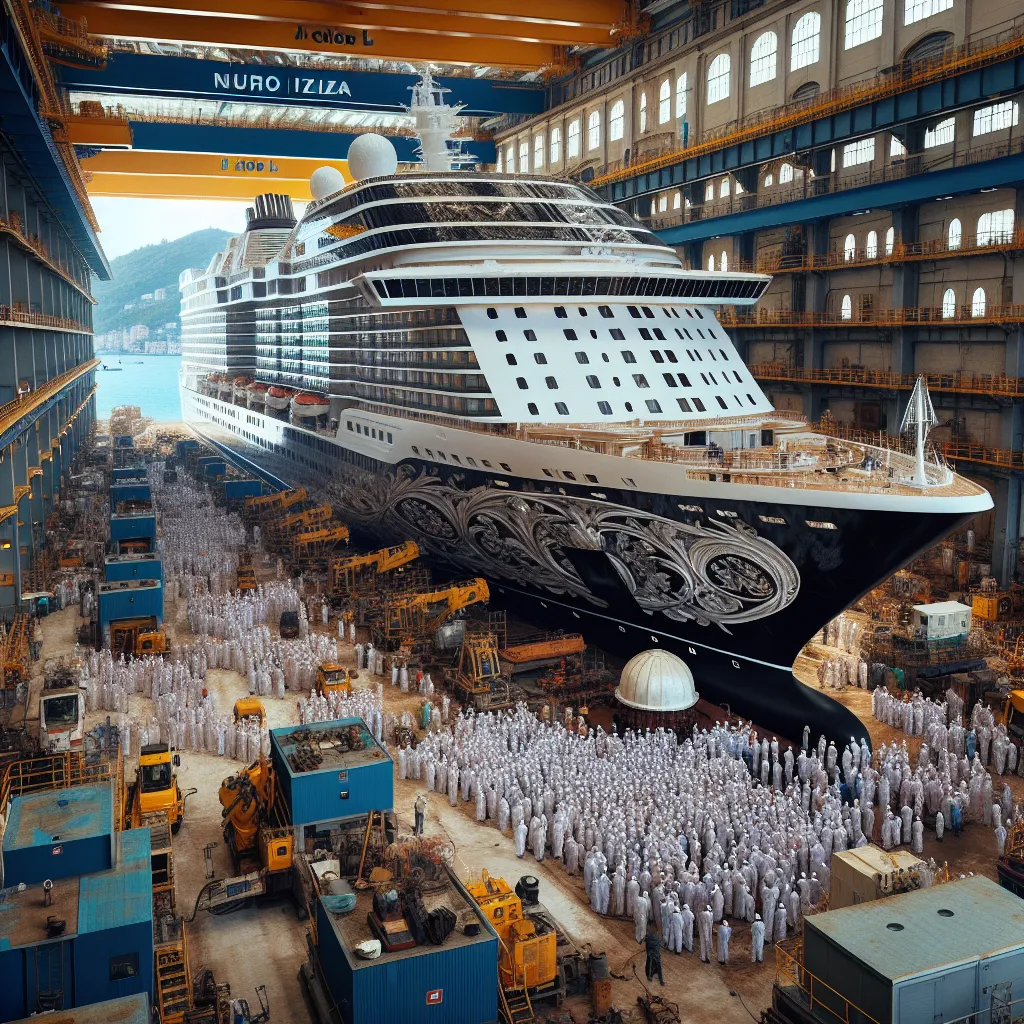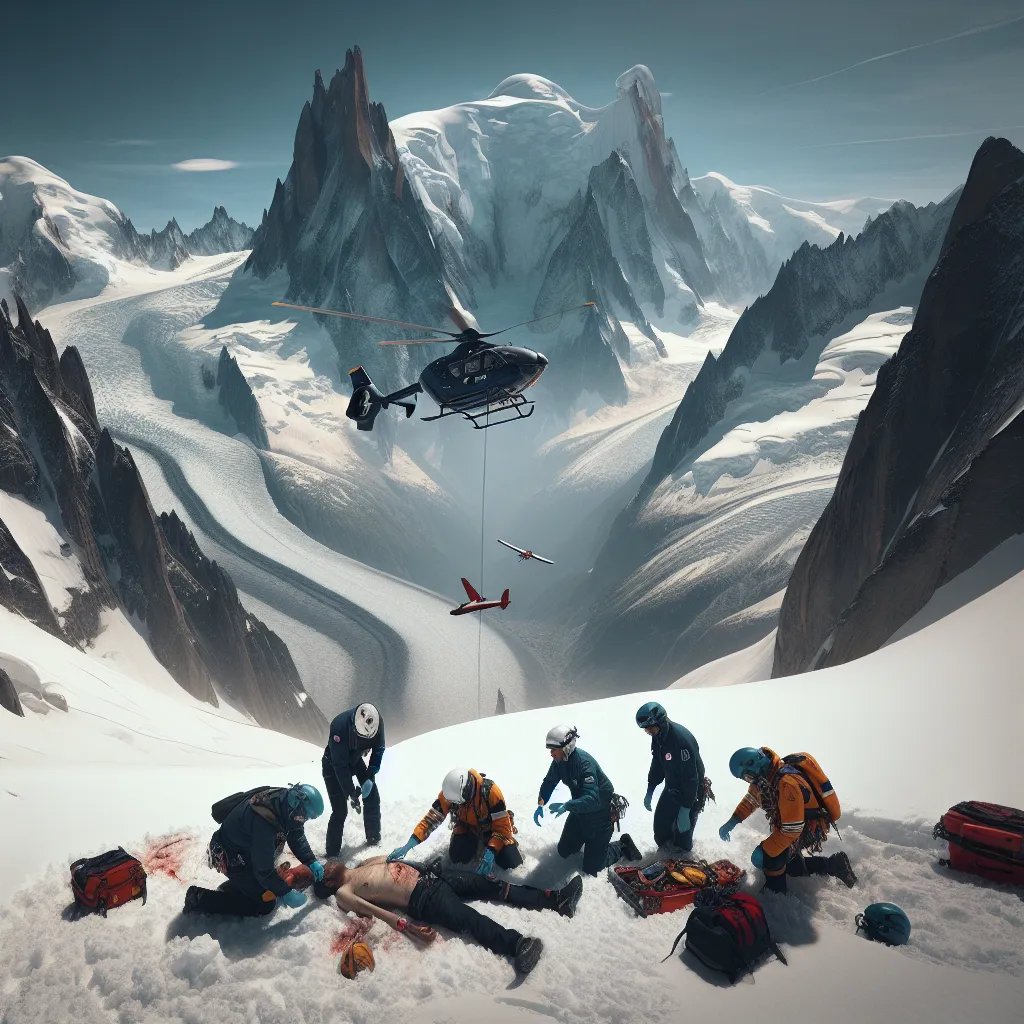The Giant Undertaking of Cleaning an Airbus 321
Luton Airport recently embarked on an epic mission: giving a deep clean to a massive Airbus 321. This aircraft, valued at £60 million with a wingspan nearly as wide as the Wright brothers’ first flight distance, was due for its hefty annual service. Over four days, every inch had to be meticulously cleaned and inspected, ensuring all systems function perfectly.
The cleaning process started with handling the aircraft’s fuselage, which is notoriously grimy. Cleaners tackled it with a gritty polish mixture that could effortlessly scrape off the dirt. This work is grueling, often leading to stiff necks after hours of labor. But the goal was to clear away any debris that might obscure tiny cracks or defects.
The landing gear is another area that gathers heaps of dirt, mainly brake dust. Landing gear inspections are vital, given the plane’s countless landings and takeoffs. Technicians need to see if there’s any damage or corrosion, carefully navigating through valuable wires that require preservation. Even the toilet systems, a notoriously dirty job, must be thoroughly cleaned. There’s an extra incentive for employees who handle this grim task.
A high-pressure hose helps blast out blockages and deposits from the toilet waste tank. A specialized cleaning device ensures the inside walls of the tank are spotless. Human errors can complicate the process—items like pens and nappies are sometimes flushed down the toilets, leading to blockages.
The aircraft’s engines also go through a thorough cleaning. Dirt streaks in the engine can indicate oil leaks, so cleaning is critical for both safety and maintenance. The cabin undergoes a deep clean too. Seat covers are dry cleaned, carpets replaced, and hidden areas beneath the cabin’s decor are revealed and scrubbed clean. Technicians vacuum out whopping amounts of human skin that accumulate over time.
The aircraft’s wheel bay collects hydraulic fluids and runway debris, making it another essential area for cleaning. Technicians scrape away the mess using the right chemicals and tools. Oxygen masks, life-saving devices in emergencies, are cleaned and inspected, ensuring their readiness.
The cockpit, the heart of the aircraft, requires a specialist touch. Engineers clean and vacuum the cockpit, removing dirt and crumbs that accumulate over time. Every switch and lever needs to be in its correct place to avoid catastrophic errors during flight.
After 14 days of intense labor, including 6,000 man-hours of work, the Airbus emerges polished and ready. The fuselage is now so smooth it’s almost fuel-efficient. The colossal cleaning job is done, making the aircraft airworthy for its next flight. And as one aircraft leaves for the skies, another one comes in, starting the cycle all over again.






